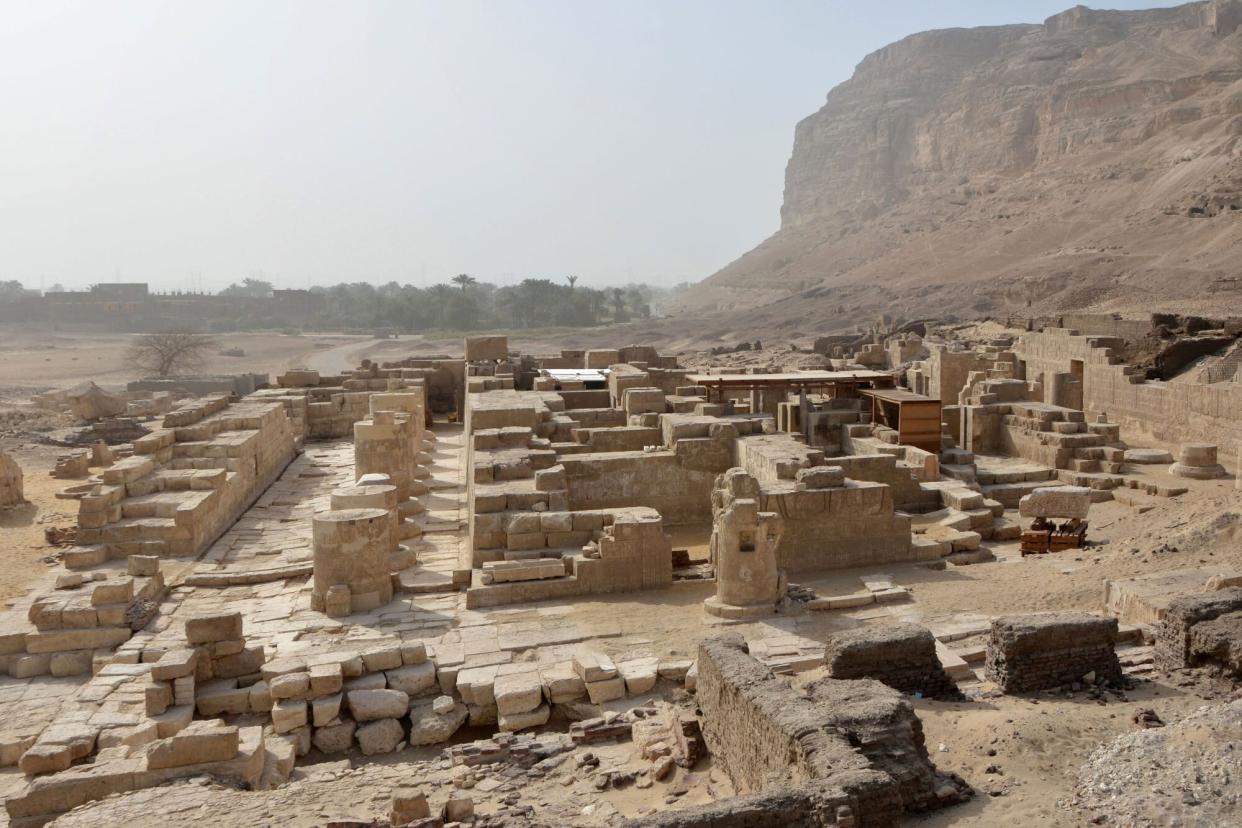Archaeologists Discovered 18,000 Ancient Egyptian Notepads, Which Include Shopping Lists and Schoolwork

Courtesy of University of Tübingen / Marcus Müller
Archaeologists make new and incredible discoveries all of the time, but their latest finding gives us insight into the daily lives of ancient Egyptians, from their shopping lists to the type of schoolwork they did. According to a report by Smithsonian Magazine, researchers excavating the city of Athribis, an ancient settlement in lower Egypt, have discovered more than 18,000 pieces of inscribed pottery shards.
The inked pottery pieces are known as "ostraca," an affordable and more accessible alternative to papyrus. The remains of broken jars and other vessels were inscribed by dipping a reed or hollow stick in ink to detail receipts, record trades, lists of names, copy literature, and teach students how to write and draw.
Related: Archaeologists Discovered an Ancient Ring That Was Once Used to Ward Off Hangovers
A large number of the fragments appear to have originated from an ancient school. In fact, more than a hundred of the ostraca are covered in repetitive writing exercises, thought to be a form of punishment for students that misbehaved. "There are lists of months, numbers, arithmetic problems, grammar exercises, and a 'bird alphabet'—each letter was assigned a bird whose name began with that letter," says Christian Leitz in a statement. Leitz is a professor at the University of Tübingen in Germany and led the excavations alongside Egypt's Ministry of Tourism and Antiquities.
Nearly all (80 percent) of the pottery pieces are written in demotic, an administrative script used during the reign of Cleopatra's father, Ptolemy. Greek is the second-most common script, but hieroglyphics, Arabic and Coptic—a mix of Greek and Egyptian languages—also appear, hinting at the city's robust multicultural history.
While Athribis has been at the forefront of various excavations for over 100 years, more rigorous research began in 2003, when the Athribis Project was launched. Discoveries have included multi-story buildings with staircases and vaults, but unearthing the inscribed pottery is one of the team's most notable findings. The University of Tübingen said it was "very rare to find such a large volume" of ostraca. A similarly sized collection has only been discovered once before.

